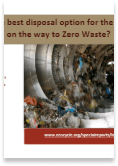
Best disposal option for the “Leftovers” on the way to Zero Waste
This report considers a pre-processing scenario called Material Recovery, Biological Treatment to emphasize the recovery of recyclable materials in the process.
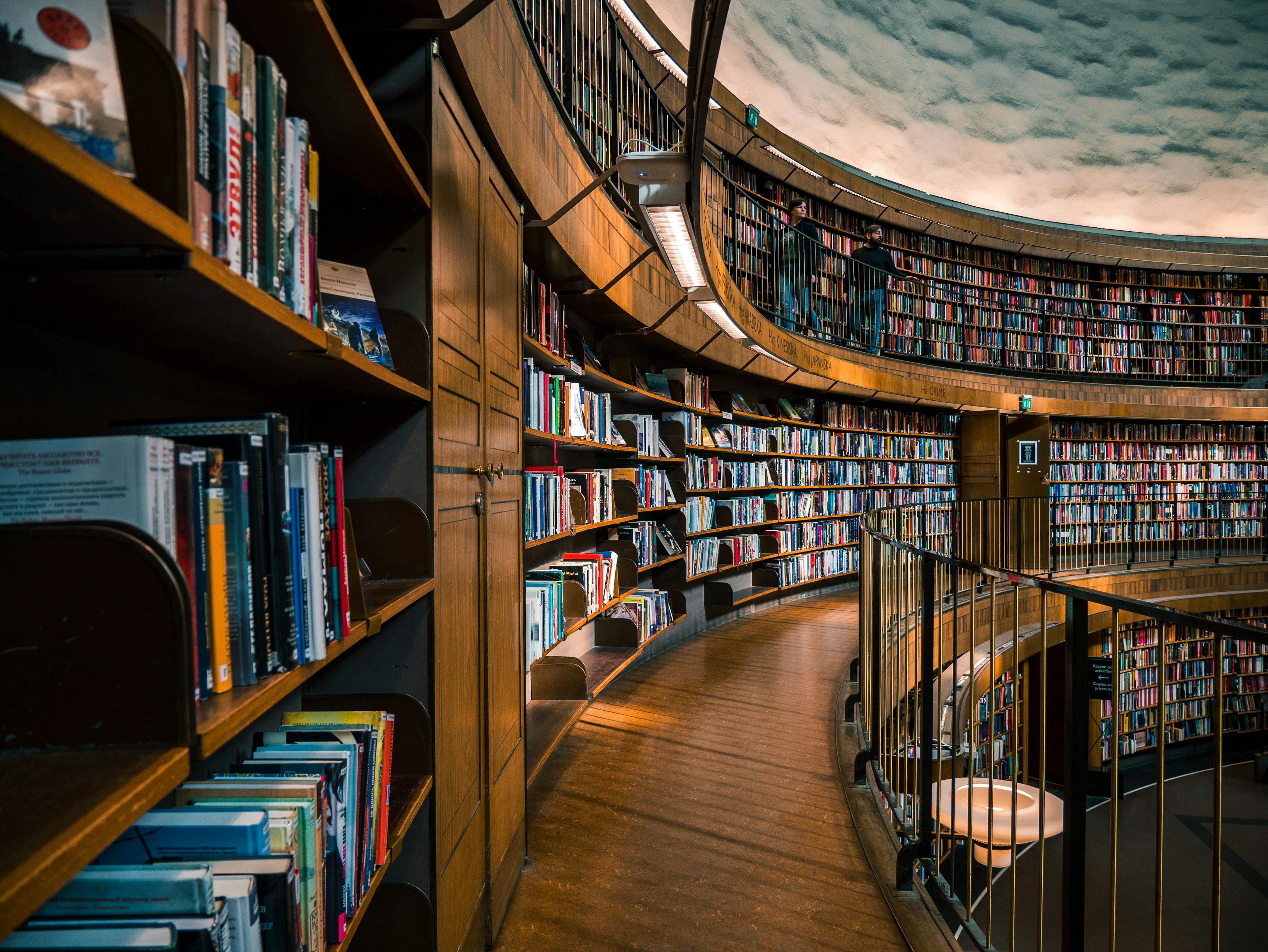

This report considers a pre-processing scenario called Material Recovery, Biological Treatment to emphasize the recovery of recyclable materials in the process.
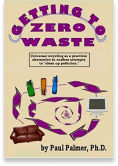
This great book by Paul Palmer (PhD) presents a radical analysis of how our society manages commodities we no longer want to use. The author considers the garbage paradigm and finds it wanting. Even better than the recycling of materials, he advocates the reuse of the highest function of all goods.
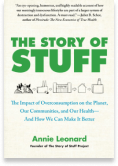
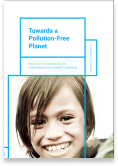
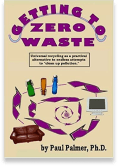
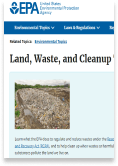
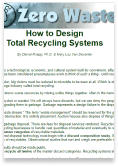
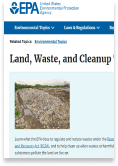
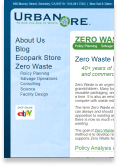
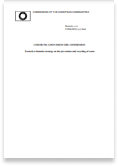
by Commission of the European Communities
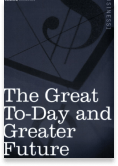
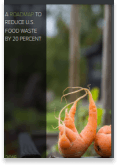
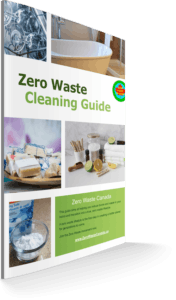


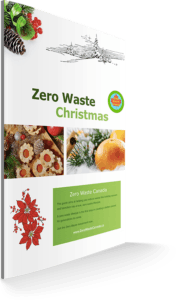
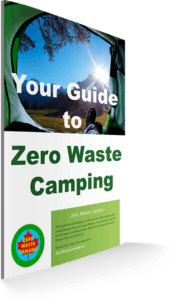
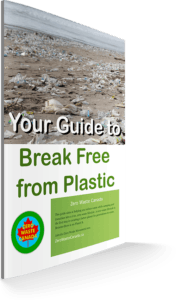

This great book by Paul Palmer (PhD) presents a radical analysis of how our society manages commodities we no longer want to use. The author considers the garbage paradigm and finds it wanting. Even better than the recycling of materials, he advocates the reuse of the highest function of all goods.
Green plastics, or bioplastics, refers to plastic materials and products that are either: Biodegradable, made wholly or partly from biological materials, or both. The market was until recently dominated by biodegradable materials, but bio-based, non-biodegradable plastics have grown in a big way, and now make up about 58 percent of global production capacity. These materials appeal to customers because they can reduce greenhouse gas emissions, avoid depleting fossil resources, and reduce landfill volumes. They can be used for a wide variety of purposes, including both disposable and durable goods, and ongoing innovation promises great growth for the industry.
Litter in the environment is an ongoing problem, but arguably one of the most pressing environmental challenges that we are faced with today is marine plastic debris. Find out more about the most common sources of marine debris and more.
This report considers a pre-processing scenario called Material Recovery, Biological Treatment to emphasize the recovery of recyclable materials in the process.
Forests – threats – by Greenpeace
The Story of Stuff – by Annie Leonard
Wasting and Recycling in the United States 2000 – Brenda Platt & Neil Seldman
Towards a Pollution-Free Planet – United Nations Environment Programme
George Washington Carver and Henry Ford: Pioneers of Zero Waste – John Ferrell
Better Living: In pursuit of happiness from Plato to Prozac – Mark Kingwell
Cradle to Cradle: Remaking the Way We Make Things – William McDonough & Michael Branugart
What is Zero Waste – Peter Montague
Getting at the Source: Strategies for Reducing Municipal Solid Waste – World Wildlife Fund
The Geographies of Garbage Governance: Interventions, Interactions and Outcomes – Anna R. Davies
MSW Characterization Methodology – EPA
How to Design Total Recycling Systems – Dan Knapp & Mary Lou Van Deventer
Setting the Standard for Recycling Measurement – Hope Pillsbury
Zero Waste Resources – Urban Ore
Plastic Pollution – The Impact of Plastic Pollution on our Oceans
Communication from the Commission. Towards a thematic strategy on the prevention and recycling of waste – Commission of the European Communities
Great To-Day and Greater Future – Henry Ford & Samuel Crowther